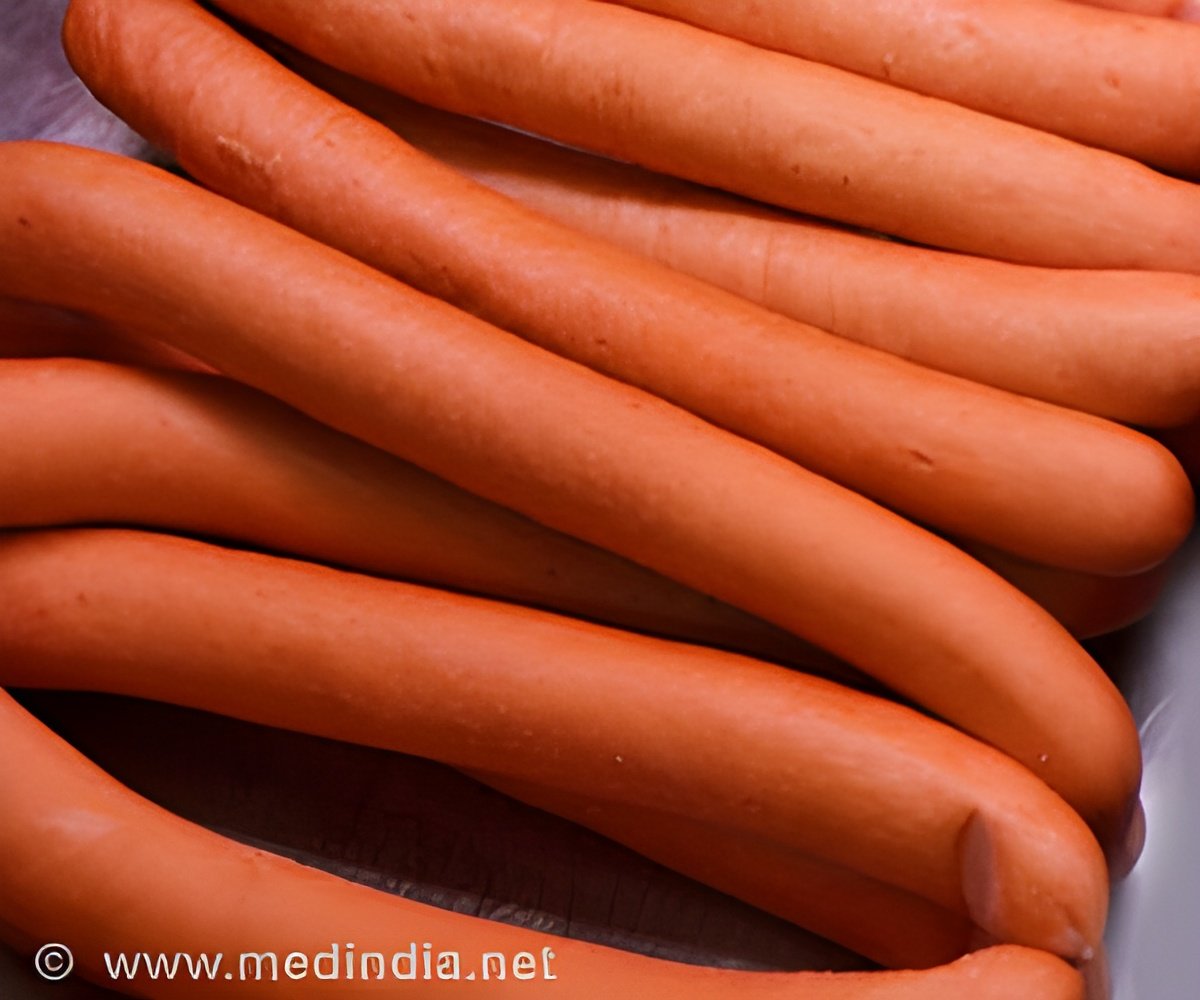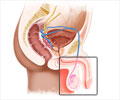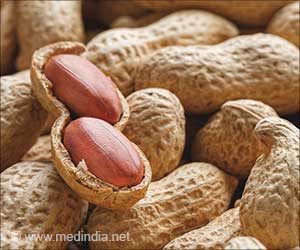A new approach developed by scientists helps accurately detect pig and chicken meat in raw and processed products.

As a result, the cost of testing rises while the time of getting the results increases. There is a need to develop alternative, faster, and more affordable highly sensitive methods for detecting adulteration.
“We suggested a simple method of determining ingredients of sausages and other meat-containing products. Our development helps to detect chicken and pork meat in samples fast and without using unnecessary devices,” — says Anatoly Zherdev, the head of the RSF project. Anatoly Zherdev is a Ph.D. in Biology and a leading researcher of the Laboratory of Immunobiochemistry of the Research Center of Biotechnology RAS (Moscow).
First, the authors isolated DNA from the samples, added short nucleotide primer chains with tags (biotin and fluorescein), and recombinase polymerase amplification reagents. This process is carried out at a constant temperature, without special instruments for more complex amplifications. As a result, in just 15 minutes, the number of copies of DNA fragment bounded by two primers increases dramatically. In this development, the gene for one of the mitochondrial proteins of a chicken and a pig was used for generate the DNA to be detected.
The resulting solution was dripped onto test strips with streptavidin molecules that can selectively bind biotin in the detection zone. As a result, the needed DNA was attached to the strip. After that, scientists added gold nanoparticles with immobilized antibodies to fluorescein — after the binding of the nanoparticles, the color at the test strip appeared. Such a multilayer “sandwich" reduces risks of erroneous results and increases the reliability of the test.
Biochemists tested this system on samples provided by partners from the V.M. Gorbatov Federal Research Center for Food Systems RAS: minced meat with different contents of chicken, pork, and beef, as well as cooked meat products made according to governmental standards. Scientists compared two variants of DNA extraction: standard long-term and rapid.
Advertisement
"All stages of our analysis take only 33 minutes. It doesn't require sophisticated equipment or expensive reagents. We hope that our approach will help provide quality products to consumers and protect them from unscrupulous producers," – says Anatoly Zherdev.
Advertisement














